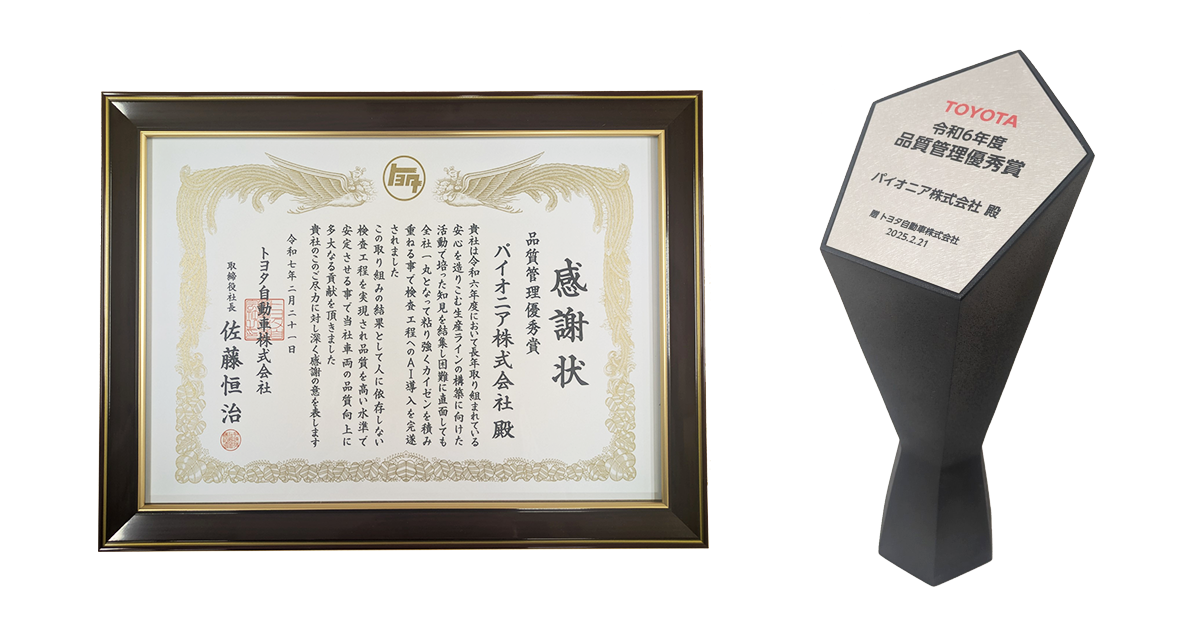News Release’╝ÜDIGITAL VIDEO WATERMARKING TECHNOLOGIES UNITED
Information contained in the news release is current as of the date of announcement.
It is subject to change without prior notice.
Hitachi, Ltd.
IBM Corporation
NEC Corporation
Pioneer Electronic Corporation
Sony Corporation
DIGITAL VIDEO WATERMARKING TECHNOLOGIES UNITEDFive companies join forces to advance copy
protection of digital media content
Five leading computer and consumer electronics companies -- Hitachi, Ltd., IBM Corporation, NEC Corporation, Pioneer Electronic Corporation and Sony Corporation -- today announced that they have agreed to unify their approaches for creating invisible electronic watermarks for digital movies and video.
Digital watermarking technology is seen by content providers as critical to controlling unauthorized copying of content with future digital recording equipment. The five companies expect the first significant application of the new technology to be in future DVD (digital versatile disk) systems. Digital watermarks are also expected to be used in the copy protection of content distributed electronically via digital broadcasts and networks.
Current read-only DVD systems prevent unauthorized copying from pre-recorded DVD disks by using licensed technologies, such as the digital "content-scrambling system"(CSS) to encrypt and play back movies. But with the advent of digital recording equipment such as recordable DVDs, digital tape recorders and personal computers with large storage capacity, additional copy-protection features are needed to prevent unauthorized copies of the copyrighted digital content. The five companies, which call themselves the Galaxy group, aim to provide such features via electronic watermarking technology that permits the copyright owner to specify whether content can be copied freely, can only be copied once or cannot be copied at all, therefore encouraging the owners to provide consumers with a variety of content.
Although invisible to the user, electronic watermarks contain information that can be recognized for example, by a detector chip in consumer digital recorders, or special detection software running on compliant PC systems as instructions for enabling or disabling its ability to make a copy. In addition to being invisible to users, electronic watermarks must survive through normal processes such as digital-to-analog conversion and repeateddigital compression/decompression cycles while still remaining detectable by the digital recorder system.
< Background >
The five companies were among 11 that in September 1997 proposed watermark solutions to the Data Hiding subgroup (DHSG) of the Copy Protection Technical Working Group (CPTWG). The CPTWG is an ad hoc group of experts from computer, consumer-electronics and movie-studio industries that was formed to assess the technical merits of competing copy-protection proposals for movies, video and other content on digital media.
Last summer, following the first round of evaluations by the DHSG, several companies sought to strengthen their independent proposals by joining forces. IBM and NEC combined their efforts to jointly develop a powerful method for automatically creating and embedding robust watermarks that are invisible to viewers. At about the same time, Hitachi, Pioneer and Sony focused their extensive expertise in consumer products and watermarking technologies behind a separate proposal that featured critical technical el ements for maintaining the high visual quality of authorized copies and for meeting the more demanding requirements of future high-definition television (HDTV) content. By combining their expertise across both information technology and consumer electronic environments, the five companies now expect their watermarking method to provide superior performance for todayŌĆÖs needs as well as for future high-definition television standards, digital-cinema distribution and other computer-based high-resolution digital-image applications.
The Watermark Review Panel (WaRP) was formed at the December 1998 meeting of the CSS (Contents Scrambling Scheme) Licensees to define and execute the final evaluations of the remaining proposals for video watermarking. Following the formation of the Galaxy group, only two proposals remain for evaluation by WaRP: the unified Galaxy proposal and one submitted by Philips, Macrovision and Digimarc. After completing its evaluations, WaRP will report its findings to the Interim Copy Protection Advisory Council (ICPAC) of the CSS licensing entity, which is expected to select by this summer, the watermark proposal that best meets the requirements of the CSS licensees.
Search for Other resources
Search for Keyword
Search by date
-
December 12, 2025Research and developmentPioneer Develops AI Agent for Next-Level in-vehicle infotainment (IVI) with Microsoft Foundry
AI and cloud solutions combine to bring innovative UX and greater safety to a variety of vehicles
-
December 1, 2025ManagementPioneer Announces Completion of Shareholder Transition

-
November 27, 2025EventsPioneer to Showcase Industry-leading Solutions for SDVs and Two-Wheelers at CES 2026 in Las Vegas

-
July 14, 2025ProductsPioneer to Supply Network-Connected Dash Cams to Tokio Marine & Nichido Fire Insurance for Its New Optional Auto Insurance Plan
Providing drivers with prompt and dependable post-incident assistance aided by recorded driving data and video footage
-
June 26, 2025ManagementAnnouncement of Shareholder Change

-
May 29, 2025OtherPioneerŌĆÖs GHG Emissions Reduction Targets Approved by SBTi

-
May 9, 2025ManagementPioneer Announces Executive Appointments

-
April 1, 2025ManagementPioneer Appoints Werner Koestler as Executive Fellow
as Part of Driving Growth of Its Business in Global Markets
-
March 28, 2025ManagementPioneer to Begin Manufacturing In-Car Products in India
A strategic initiative to better serve local automakers
and drive the growth of its global business
-
March 25, 2025OtherPioneer Recognized by Toyota Motor for Stringent Quality Management for Second Consecutive Year
Upgraded stress-free production process helps keep the quality of Toyota and Lexus cars
at the highest level
